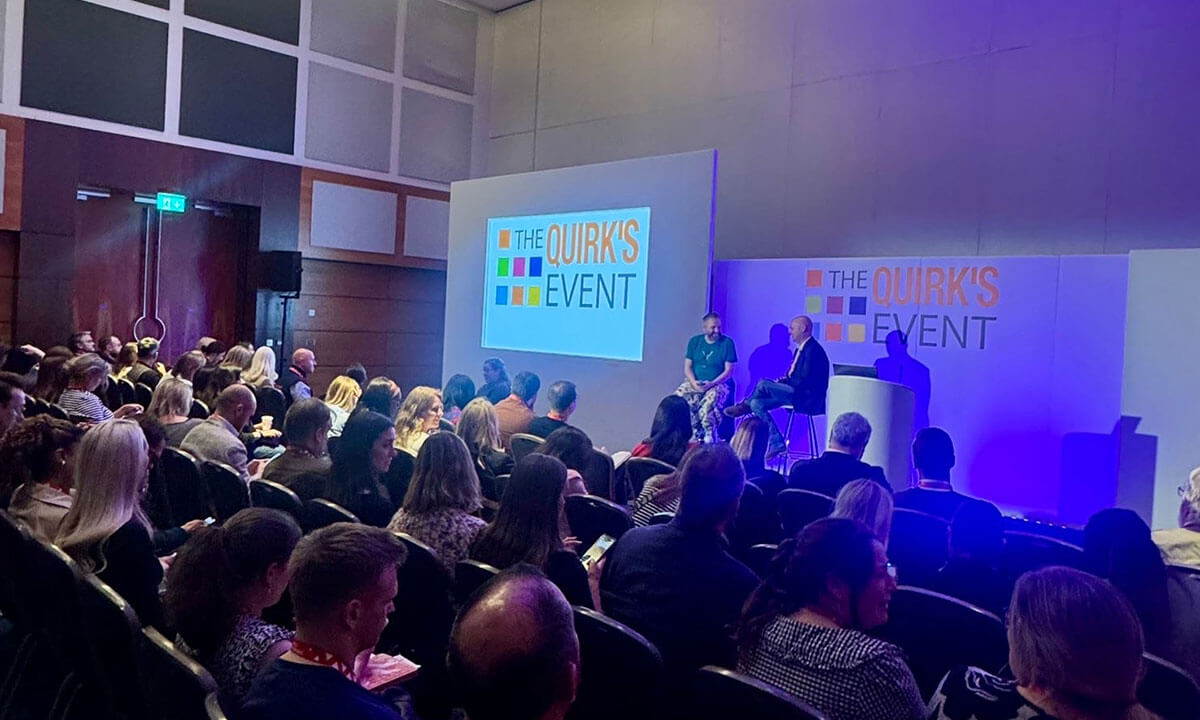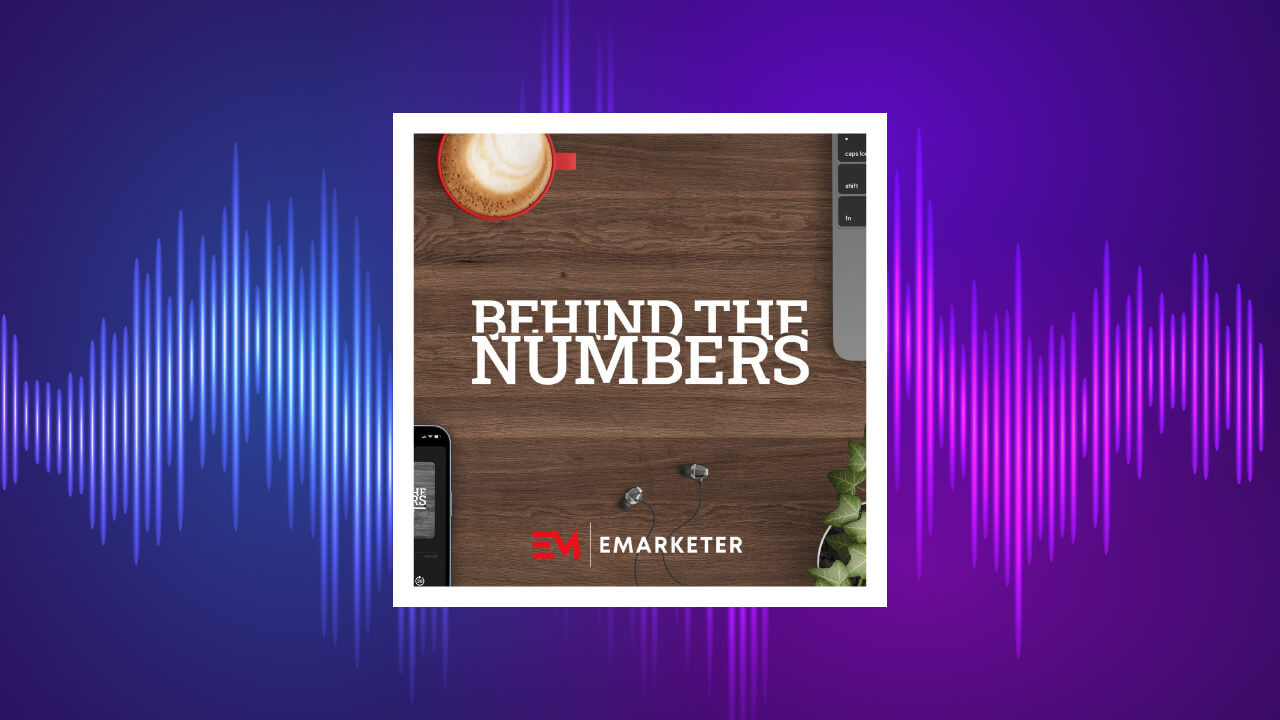Introduction
In a world increasingly influenced by artificial intelligence, the definition of “quality” in survey data is beginning to blur.
What once indicated thoughtful, authentic human response involving clarity, speed, and consistency might now signal something far more artificial.
As AI and generative chat tools become mainstream, especially products like ChatGPT, we’re entering an era where survey responses may be polished, articulate, and even emotionally intelligent — but not necessarily real.
The rise of fraud disguised as high quality
Fraud in survey research isn’t new. However, the sophistication of fraud has evolved dramatically. Previously, poor grammar, nonsensical answers, or robotic behavior patterns were telltale signs. Today, AI can craft persuasive, relevant, and on-topic answers faster than any human respondent could. Fraudulent actors are using generative tools to complete surveys at scale, bypassing traditional quality checks that flag only sloppy or inconsistent responses.
In fact, many data providers and researchers are now reporting the same paradox: the best-looking responses are often the most suspicious. When everything reads too smoothly, too aligned with the survey’s intent, and is delivered too quickly, we’re left asking — who’s really answering? When data quality being “too good” is a sign of problems, we are faced with an interesting era in our industry.
Ethics in a post-AI survey landscape
Today, AI can craft persuasive, relevant, and on-topic answers faster than any human respondent could.

This situation isn’t just a technical problem — it’s an ethical one. If survey responses are no longer authentically human, how can we uphold the foundational promise of research: to reflect real thoughts, preferences, and experiences?
What makes the situation even more complex is that some of this manipulation may not be malicious. Imagine a respondent, multitasking at work, copy-pasting a survey question into an AI tool just to “sound better” or complete faster. Is that fraud? Is that cheating? Or is it just a glimpse into a future where generative tools are seamlessly woven into our everyday typing, texting, and expressing?
We may not be far from a time when people unconsciously rely on AI to shape their survey answers—whether that’s through autocomplete, writing assistants, or embedded features within browsers and devices. The line between “my voice” and “AI-assisted voice” is already thinning. We are losing sincerity and, at times, an undirected opinion.
The erosion of trust
Perhaps the most alarming risk isn’t just data quality, but data credibility. If researchers begin to suspect that survey data is increasingly shaped or wholly created by AI, what happens to the trust they place in that data? More importantly, what happens when consumers or business stakeholders lose faith that the insights reflect real people?

We’re already seeing clients question why certain results are “too perfect,” why open-ended responses seem oddly consistent, or how a respondent can complete a complex 15-minute survey in under four minutes with flawless grammar.
This erosion of trust isn’t just theoretical. We’re already seeing clients question why certain results are “too perfect,” why open-ended responses seem oddly consistent, or how a respondent can complete a complex 15-minute survey in under four minutes with flawless grammar. These doubts create friction, and for an industry built on credibility and objectivity, that’s a dangerous path. Because of the heightened suspicion, the paranoia is causing true data from actual respondents to be questioned and critiqued. We at Cint hear you loud and clear.
This is why we have invested in the tools and the people to ensure that your insights are both high quality and from actual human beings.
Where do we go from here?
To protect the integrity of research, the industry must adapt quickly:
- Use AI to combat AI: At Cint, we understand that to combat sophisticated fraud, we need to be able to do this at scale. Cint is leveraging AI to fight AI with Trust Score. This is a proprietary machine learning model that predicts and terminates sessions that are likely to result in reversals based on historical patterns.
- Invest in AI detection tools: As AI-generated content rises, so must our ability to detect and differentiate it. This is a technological arms race, and researchers need better tools. Cint not only has a large variety of quality protective measures, it has partnered with leading third-party bot detecting and AI prevention tools.
- Increase transparency: Vendors and platforms must be open about how they screen for fraud, what thresholds they use for quality, and how they mitigate generative manipulation. Cint runs many operational quality programs that hold both Buyers and Suppliers accountable to ensure a healthy and efficient ecosystem.
- Redefine what quality means: We need to move beyond surface-level indicators. Real humans pause, contradict themselves, misspell things, or change their mind. Responses that feel human may become more valuable than those that simply look “high quality.” We also need to accept that generative chat tools are only becoming more and more mainstream, and simply detecting AI tools does not necessarily mean that there is ill-intent behind it. Cint is investing in research and tools to improve our knowledge and detection capabilities in this area.
Cint asks these questions of its quality measures on a continuous basis, evaluating its vendors and adapting to cultural trends and technology.
Real doesn’t always mean perfect
As we move forward, we must resist the allure of artificially perfect data. As leaders in this industry for over 25 years, Cint has seen data quality and human interaction dramatically evolve over time. The future of research may not lie in cleaner spreadsheets or faster turnaround but in embracing the messy, imperfect, human truth beneath it all.
Because when survey responses become too good to be true, they probably are.


































































































